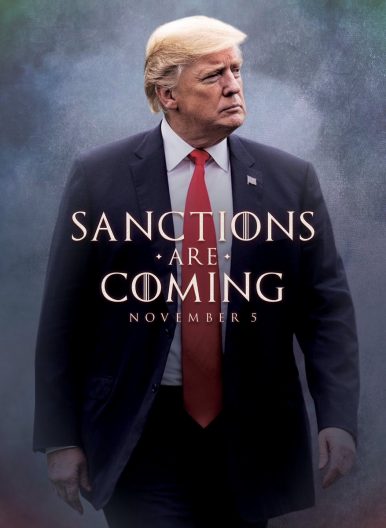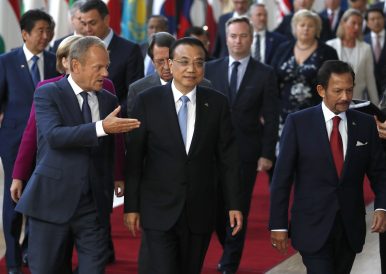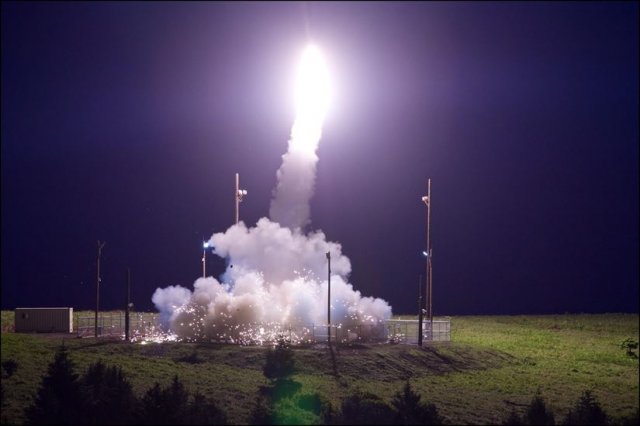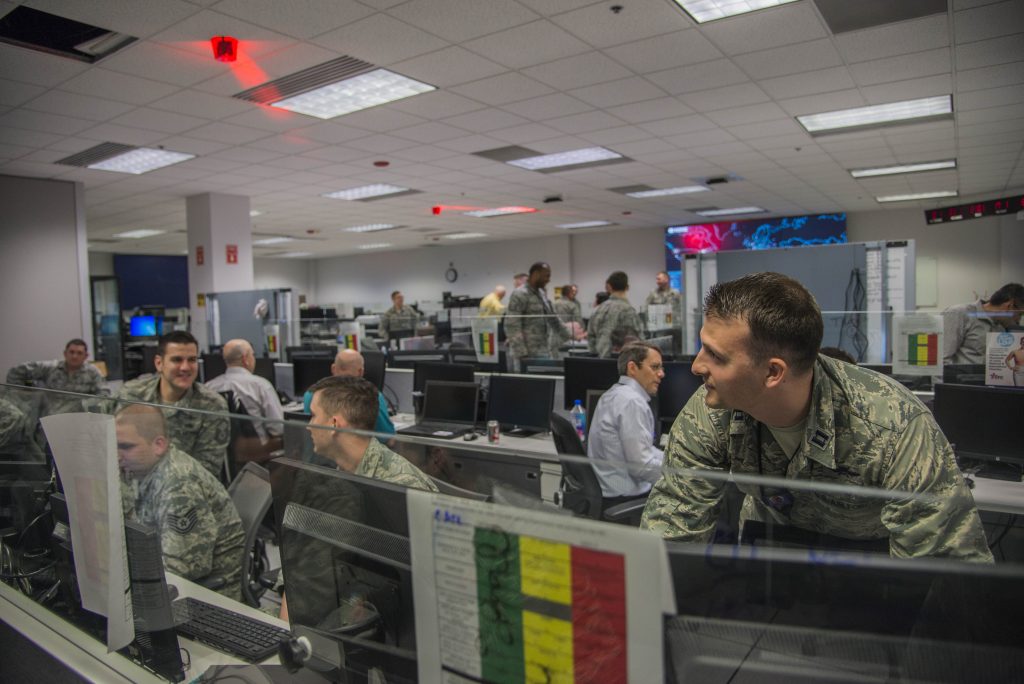M. Venkaiah Naidu
Force behind unification
Sardar Patel’s foresight and tactful navigation of the most turbulent period in post-Independence, and the resolve he demonstrated in integrating the more than 500 disparate princely States into the Dominion of India is an unparalleled accomplishment in modern history.
Hailing Patel’s feat, Lord Mountbatten, the last Viceroy of India, had said: “By far the most important achievement of the present government is the unification of the States into the Dominion of India. Had you failed in this, the results would have been disastrous… Nothing has added to the prestige of the present government more than the brilliant policy you have followed with the States.”
















